Doing laundry isn't a fun household chore. However, it makes it even harder to get the job done if your dryer won't start. So what do you do if this happens? We have taken the time to research the answer to this question to help you pinpoint the problem!
If your dryer doesn't start, then check these components:
- Check the Power Source
- Check the Thermal Fuses
- Exhaust Vent for Clogs
- Check the Push to Start (If Dial Time is Applicable)
- Drive Belt
- Door Switch
- Drive Motor
- Belt Switch
As you can see, there are several possible reasons why your dryer won't start. Unfortunately, it can be hard to troubleshoot this issue on your own. In this article, we will take a closer look at how to check each of these dryer components. In addition, we will discuss where the reset button is on different brands of dryers, so read on!
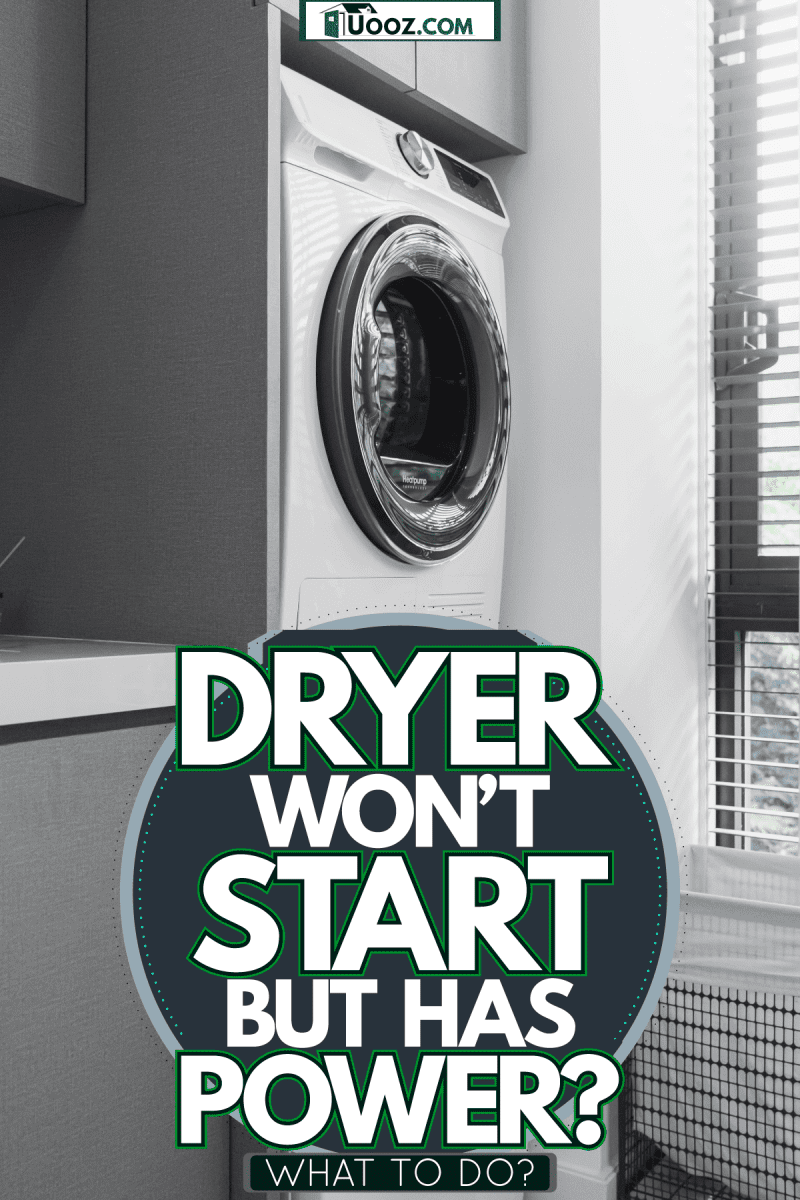
Dryer Won't Start But Has Power - What To Do?
It's hard to know that your dryer is having issues until it comes time to transfer your clothes from the washer to it. It can be challenging to understand how serious the problem is even then. Some issues may only take minutes to fix; other problems could require calling an appliance maintenance specialist.
Nonetheless, there are some common reasons that your dryer won't start. Let's take a look at them below:
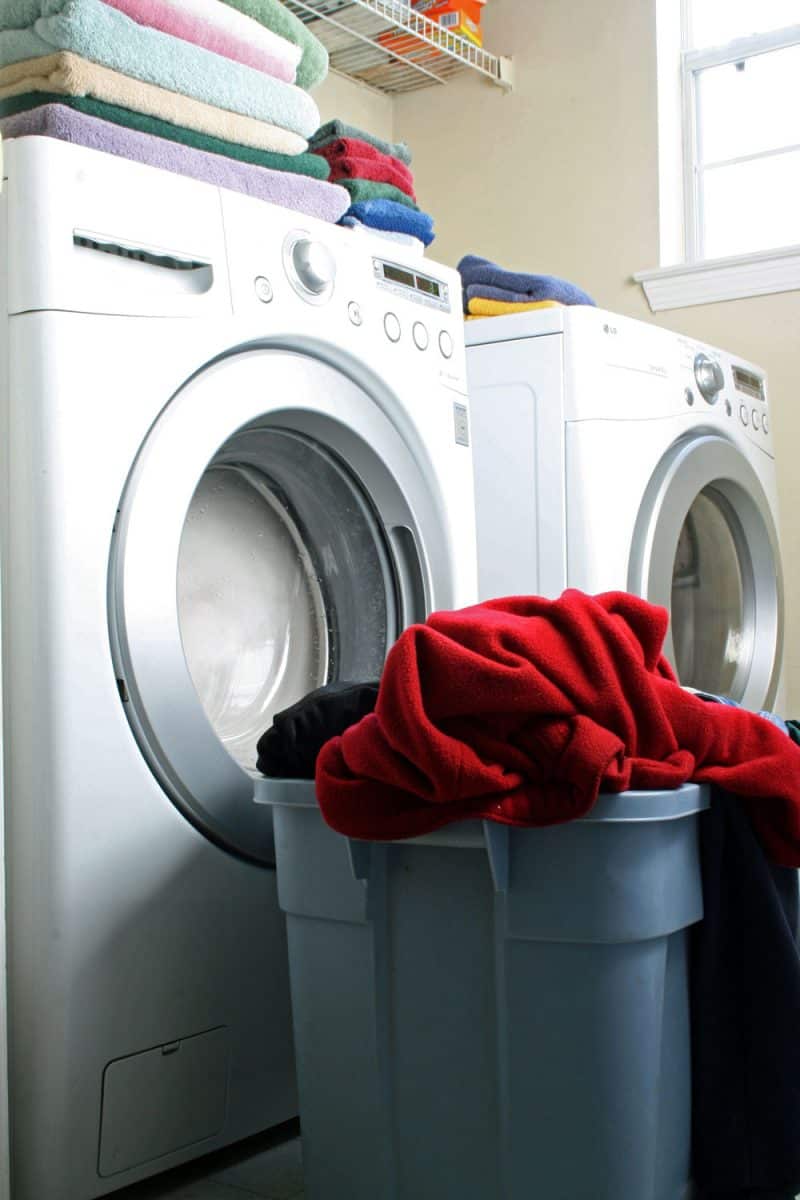
Check the Power Source
If your dryer doesn't start, the first thing you should check is the power source. This could be a tripped breaker, a blown fuse, or something as simple as unplugging the dryer from the wall.
Check if the dryer is plugged in or at least plugged in securely to the outlet. Next, check your breaker box. If the breaker for your dryer is tripped, you will need to flip it back on.
If neither of these solves your issue, then you may have an issue with the fuses in the dryer.
Check the Thermal Fuses
If your dryer doesn't start and there is no problem with the power, you will want to check the thermal fuses.
There are usually two thermal fuses in a dryer- one for the heating elements and one for the motor. If either of these fuses has blown, then your dryer will not start. Use a multimeter to test the thermal fuses.
The good news is that thermal fuses are usually easy to replace. You can find them at most hardware stores or online.
Exhaust Vent for Clogs
If your dryer still isn't starting and it's not a problem with the power or the thermal fuses, then you may have a clog in the exhaust vent.
This is a common problem, especially if you have more than a ten-year-old dryer. In addition, clogs can be as minor as a coin which makes it hard to notice them immediately.
A clog in the exhaust vent will prevent your dryer from starting because it will not be able to expel hot air. Remove your dryer's exhaust vent and check for any obstructions.
If you find an obstruction, remove it and try to start your dryer again. If it still doesn't start, you will need to call a professional to clean your exhaust vent.
Check the Push to Start (If Dial Time is Applicable)
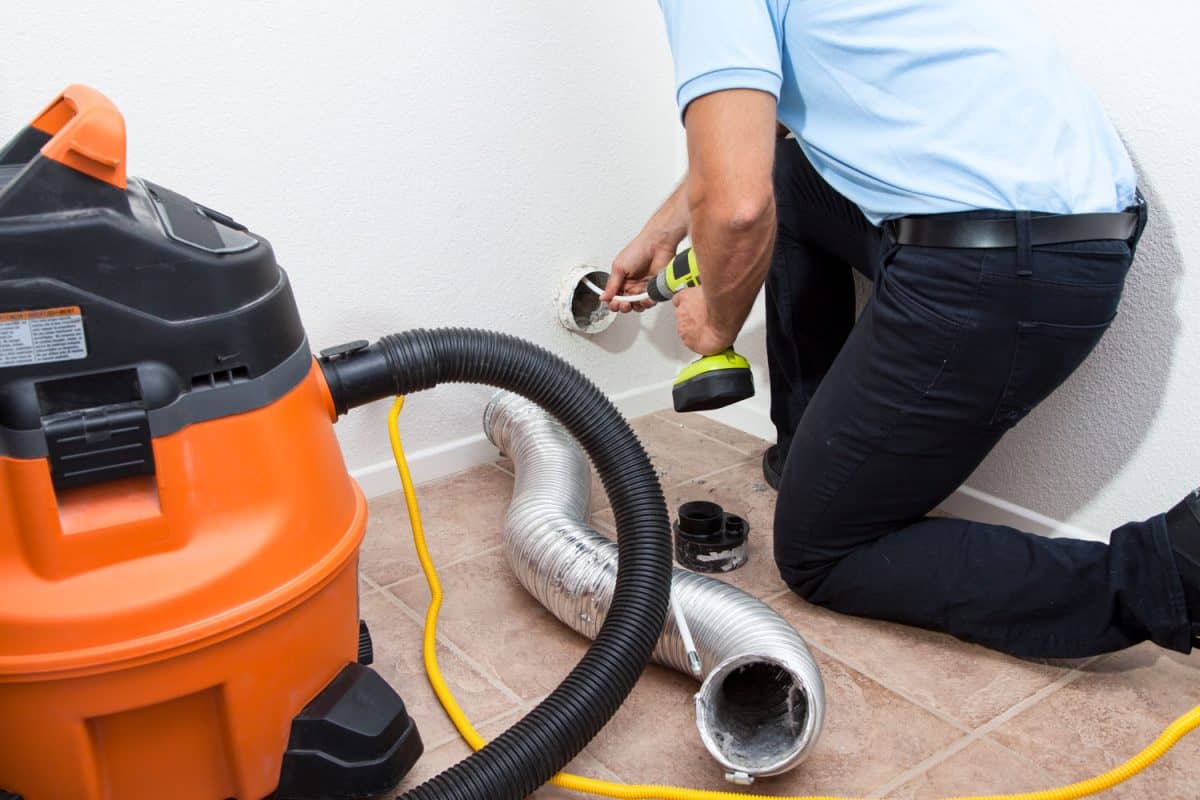
If you have a dial dryer, it may not start if the time is incorrect. Check your manual to see how many minutes will need to pass before your dryer starts.
Dial time can be found inside your dryer door or under the lint catcher. If you set the timer incorrectly, you will need to start the dryer again, but this time with the correct setting.
If your dryer still doesn't turn on after checking for obstructions in the vent and resetting the dial time, then you may have an issue with your drive belt.
Check the Drive Belt
A broken drive belt is one of the most common reasons your dryer won't start.
You will need to remove the front panel of your dryer to access the motor and the belt that runs it. Take a close look at the belt for any tears or breaks. If you see either, then you will need to purchase a new dryer belt which can be found at most hardware stores or online.
If you're comfortable with fixing appliances, you may be able to replace the belt yourself. If not, then you will need to call a professional.
Door Switch
Another common problem that can prevent your dryer from starting is a faulty door switch.
The door switch is the part of the dryer that tells the motor to start when the door is closed. If this switch isn't working correctly, your dryer won't start.
Open the dryer door and test the door switch by pressing it in. If it doesn't stay in, the switch is faulty and will need to be replaced.
Drive Motor
If your dryer still doesn't start after cleaning the exhaust vent, replacing the drive belt, and replacing or checking the door switch, then you may have an issue with the motor.
The part that spins to dry your clothes can cause malfunctions if worn out. A drive motor can be tricky to fix yourself, so it may be best to contact a professional if your dryer isn't starting.
Belt Switch
If your dryer is not starting, one of the last things you should check is the belt switch.
This switch is located on the motor, and it helps to start the motor when the belt is in place. If this switch isn't working correctly, your dryer will not start.
Remove the front panel of your dryer and examine where the belt connects to the motor. Look for any switches that may be sticking out and need to be pushed back in.
How do I know if my dryer start switch is bad?
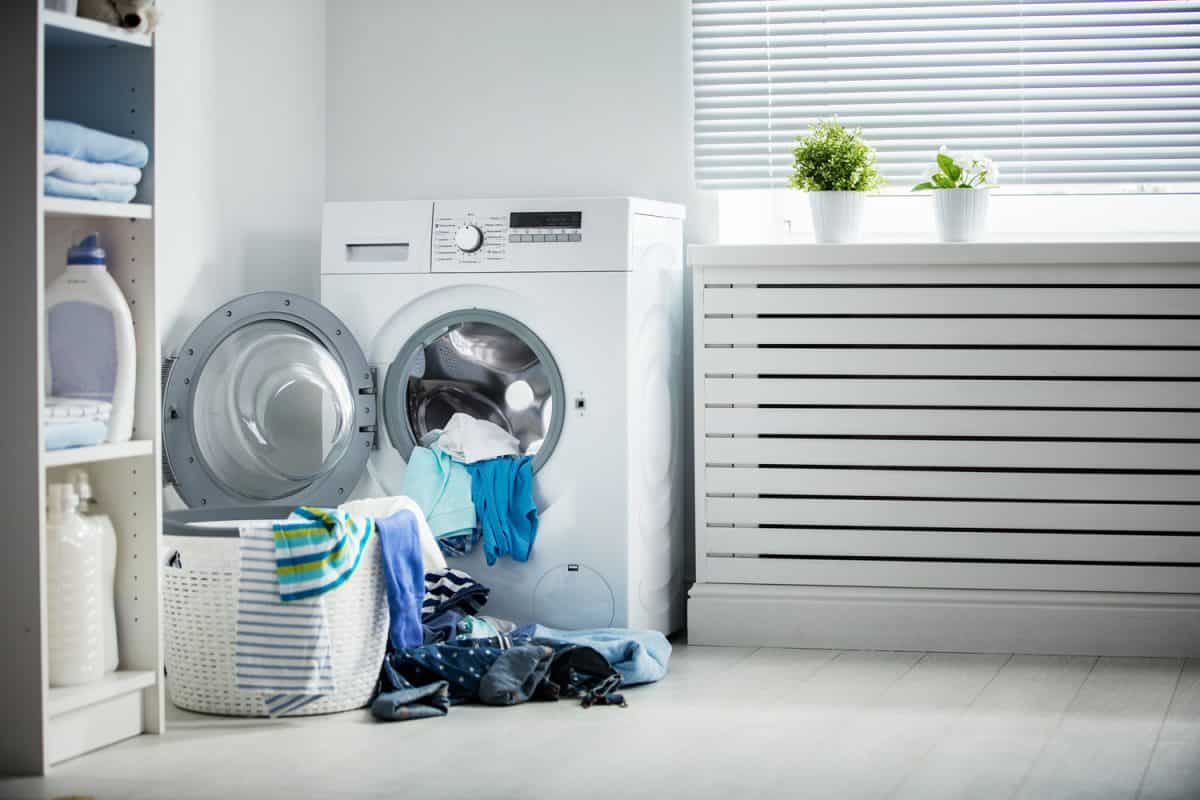
If your dryer start switch is bad, you will need to replace it. The best way to test if your switch is bad is by using a multimeter.
With the power off, connect the multimeter's black lead to one of the screws on the start switch and connect the red lead of the multimeter to the other screw. If you don't get a reading, the switch is bad and will need to be replaced.
Can you bypass a dryer start switch?
If your dryer start switch is bad, you may be able to bypass it.
To do this, you will need to cut the two wires connected to the switch and then twist them together and attach them to an actuator. Once they are twisted together, cover them with electrical tape to prevent them from coming apart.
How do I know if my thermal fuse is blown?
To test if your thermal fuse has blown, use a multimeter and check for continuity between the two connectors of your thermal fuse.
If there is no continuity, then this means that your thermal fuse has blown and needs to be replaced.
How much does it cost to replace a dryer thermal fuse?
The cost of replacing a thermal fuse depends on whether you do the work yourself or have an appliance repair person do it. The cost of materials may only cost $5-$10. However, with labor included by hiring a professional, you may be over $100 for the repair.
Is there a reset button on Whirlpool dryers?
There is no reset button on Whirlpool dryers. The best way to reset your dryer is by unplugging it for 30 seconds and then plugging it back in. If this doesn't reset your Whirlpool dryer, you may have a problem with the thermal fuse.
Is there a reset button on Samsung dryers?
Samsung dryers usually have a reset button. You can find it on the control panel or the back of the dryer. Once located, press and hold the reset button down before releasing it.
When doing this, be sure that your dryer is entirely cool before pressing the reset button.
Is there a reset button on Maytag dryers?
Typically, Maytag dryers don't have a reset button. In this case, try unplugging your dryer and then plugging it back in after a few minutes. Next, check your breaker box to see if you tripped a breaker. Lastly, check your fuses to see if one is blown.
Final Thoughts
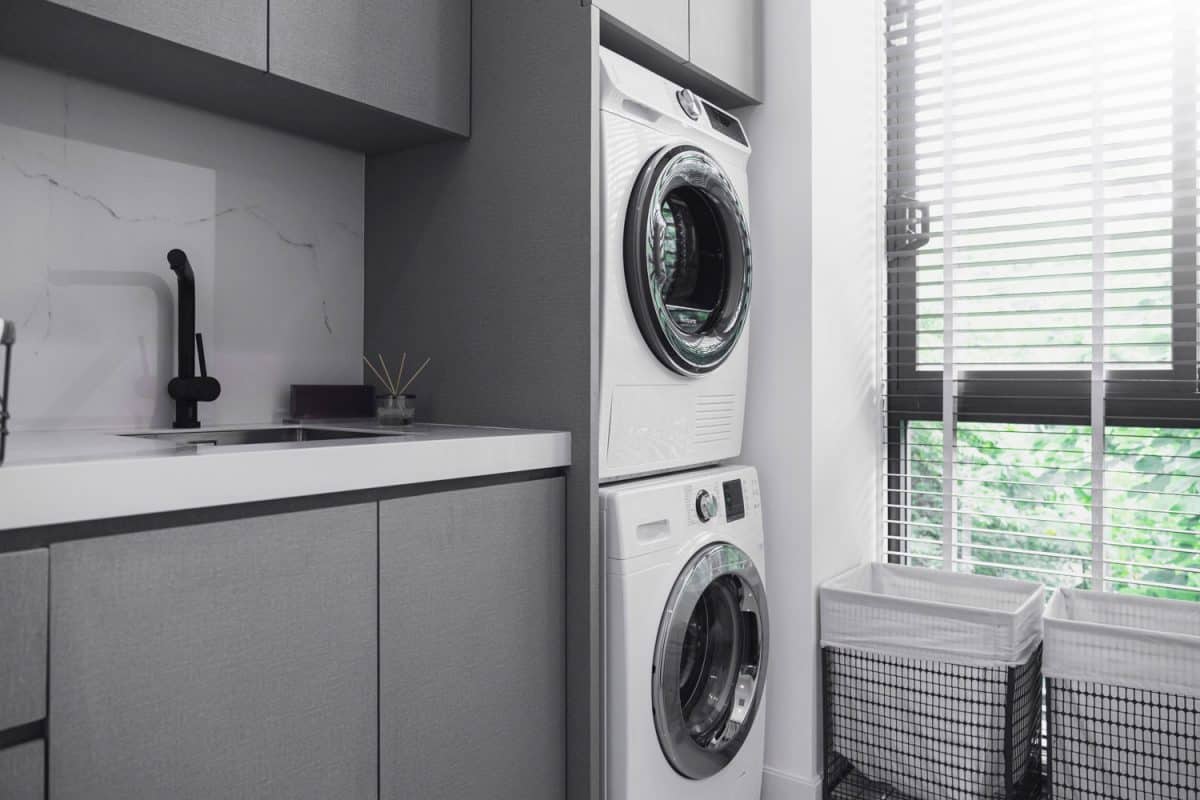
If you have problems with your dryer starting, then start with the basics. First, check the power supply and then check the breaker box. If you feel comfortable, check your thermal fuse to see if you have blown a fuse.
Lastly, you may need to contact a professional to help diagnose the issue.
If you like this article, then you may also like:
Does Drywall Go All The Way To The Floor?
